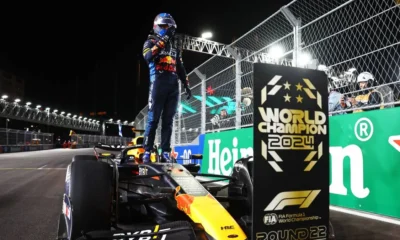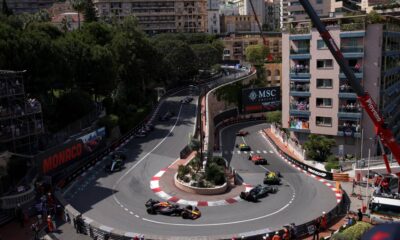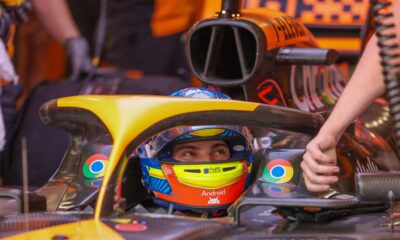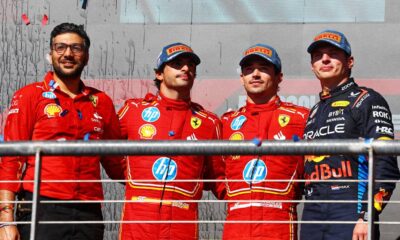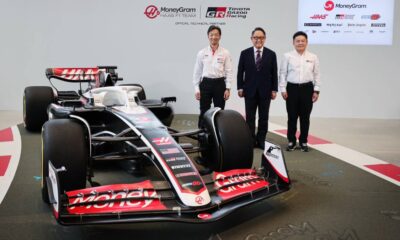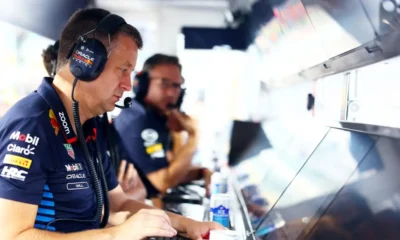Motorsport
Formula 1 speculates on the introduction of active aerodynamics from 2026. It could slow down race leaders
The year 2026 will bring some big changes to Formula 1. As well as the arrival of Audi to replace Alfa Romeo and changes to the power units, there is speculation of new aerodynamic regulations. These could include “active aerodynamics”.

The year 2026 will bring some big changes to Formula 1. As well as the arrival of Audi to replace Alfa Romeo and changes to the power units, there is speculation of new aerodynamic regulations. These could include “active aerodynamics”.
Active aerodynamics was originally intended as an aid to more efficient fuel use. This would allow cars to change their configuration on the track to have the least drag on the straights and the most downforce in the corners.
But F1 began to think of active aerodynamics as a replacement for DRS. Instead of having an open rear wing on the straights, the pursuing cars would just have reduced wing efficiency on the straights and increased wing efficiency in the corners.
Another use could be to slow down the race leader so he doesn’t build up an insurmountable lead.
In an interview with Autosport, F1 CEO Ross Brawn commented on the possible rule change. “Active aerodynamics is now the biggest unknown about the 2026 Monoposts. It is still undecided how it would be implemented and whether it can be implemented safely.”
Brawn also commented on a possible replacement for DRS: ” F1 cars already have active aerodynamics in the form of DRS. But with full active aerodynamics, the lead pilot can be influenced. When another driver approaches within a certain distance, the car in front of him loses downforce and he gains downforce. You can do all sorts of tricks with this.”
In preparation for the new regulations, a team of experts, including head of aerodynamics Jason Sommerville, have moved over from Formula 1 to the FIA.
“We decided in the end that it was better to move the whole team to the FIA because they have full access to the data. We’re already in the implementation phase, so Jason and his team need to see the real data of the monoblocs, and the only way to do that is at the FIA,” said Brawn.
This would be the biggest change in aerodynamics since DRS was introduced in 2011.
Source: Autosport

